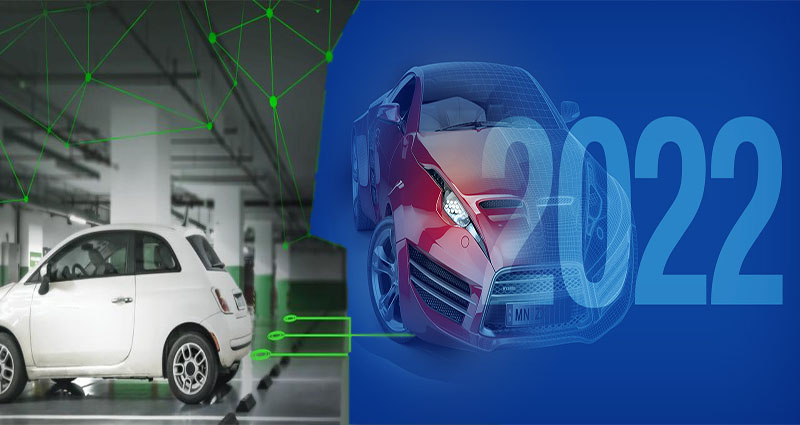As the automotive industry has suffered from supply chain challenges and low inventories in the last year, there is still hope for better times to come. But what exactly are the major trends to watch for in the year 2022? Wallenius Wilhelmsen’s senior analyst, Erik Solum, looks at some of the key factors that will impact the industry. Light vehicle sales are up, the global economy is improving, and the Delta variant poses a threat to the global economy and pandemic. At the same time, new entrants will appear in the Top 100.
Autonomous self-driving vehicles
While passenger cars have long dominated the automotive market, self-driving technology is equally well-suited for commercial use. While last-mile deliveries and long-range trucking will be the initial commercial applications, an increasing number of companies will shift their focus to more widespread commercial uses. Companies like Waymo Via and Aurora are currently in the development stage for driverless freight trucks.
Subscription-based pricing models
As an automaker, you have probably noticed the increasing number of subscription-based pricing models in the automotive industry. These models offer the advantages of building fleets at a lower cost while also allowing OEMs to capture higher margins as the market grows. In addition to this, subscription-based pricing is often perceived as the ultimate test-drive, attracting future buyers and even non-car buyers. In this article, we will discuss the advantages and disadvantages of subscription-based pricing models in the automotive industry.
Smart parking
According to the European Automobile Manufacturers Association (ACEA), new car registrations rose 1.2% last year across the EU, reaching 15.3 million units. This increase reflects increased congestion of parking spaces, creating an opportunity for smart parking vendors. Smart parking solutions improve traffic flow, space utility, and cost-effectiveness, while improving the quality of life in cities. As such, smart parking systems are expected to continue to grow and expand globally.
New entrants in Top 100
The latest brand finance report on automotive industry trends reveals that the future of the industry is undergoing major changes. New technologies and new business models are undermining traditional brand strategies, while presenting enormous new opportunities.
Impact of COVID-related blows
The impact of COVID-related blows on the automotive industry continues to mount, with port delays, logistics disruptions, and shortages all hampering the supply chain. Added to that are the rising costs, and increased pressure on companies that received government support. Meanwhile, lenders who extended credit are asserting their rights. The auto industry will continue to face a variety of headwinds in the coming years.





